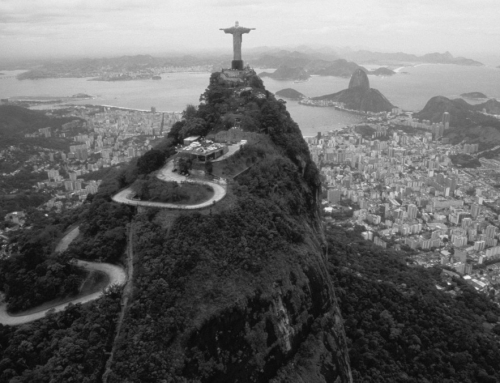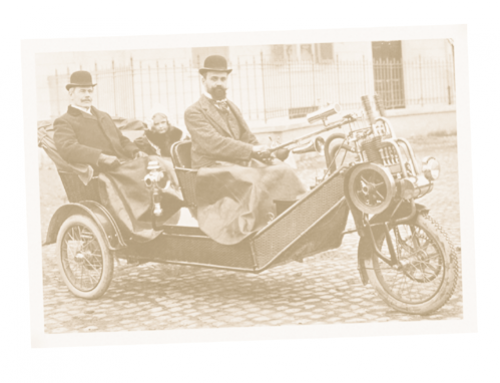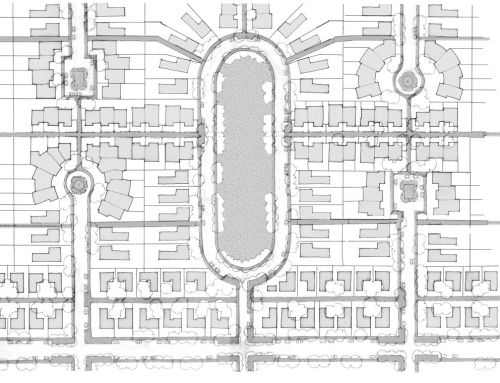It happened first in America, but by now spread-city is becoming the standard urban form worldwide. Ease of economic transaction and social interaction among distant partners has assured success for the new-style city, even though it diverges so far from city forms of the past.
First there was that historically extensive series of technological developments that, cumulatively, reduced the friction of geographic space: the astrolabe and compass, sailing ships, canals, telegraphs, railroads, paved roads, telephones, radios, automobiles, airplanes, the Internet. All of them connected people located in different places and, increasingly, permitted them to behave as though they were in the same place. Each technological development contributed to parallel institutional developments extending to ever-more-distant locales.
Recently, telephones and automobiles have permitted urbanites to leave the dense older sections of metropolitan areas for the more spacious and livable suburbs and exurbs. By now, most urban activities occur in those outlying areas. Service industries are becoming more important 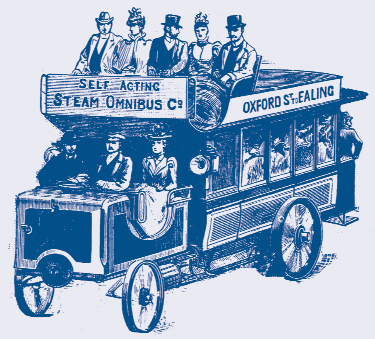 compared to once-dominant manufacturing industries. Steady improvements in freight services are reducing the roles of transport costs in production and locational decisions of goods-handling firms. Agglomeration economies are being achieved without physical proximity, as the economy and society become increasingly reliant upon information exchange that is independent of geographic location.
compared to once-dominant manufacturing industries. Steady improvements in freight services are reducing the roles of transport costs in production and locational decisions of goods-handling firms. Agglomeration economies are being achieved without physical proximity, as the economy and society become increasingly reliant upon information exchange that is independent of geographic location.
The resulting locational freedom permits people and companies in American metropolitan areas to locate wherever their fancies lead them. They can live and work in pleasant natural settings and perform more effectively than their grandparents did. Moreover, they are choosing to locate in low-density areas, clearly because the benefits of dispersed settings exceed whatever costs are associated with them.
Some critics of spread-city fear that spatial dispersion will mean cultural depravation. The rich cultural activities historically associated with the world’s compact urban centers have been sources of much of the world’s greatest art, literature, music, science, and technology. By permitting great minds to contact comparably great minds—by enhancing accessibility—the form of those great urban centers helped stimulate the cultural enrichment that distinguished them as centers of civilization.
That was largely because close spatial proximity used to be necessary for close functional proximity. But that is no longer so. Members of the 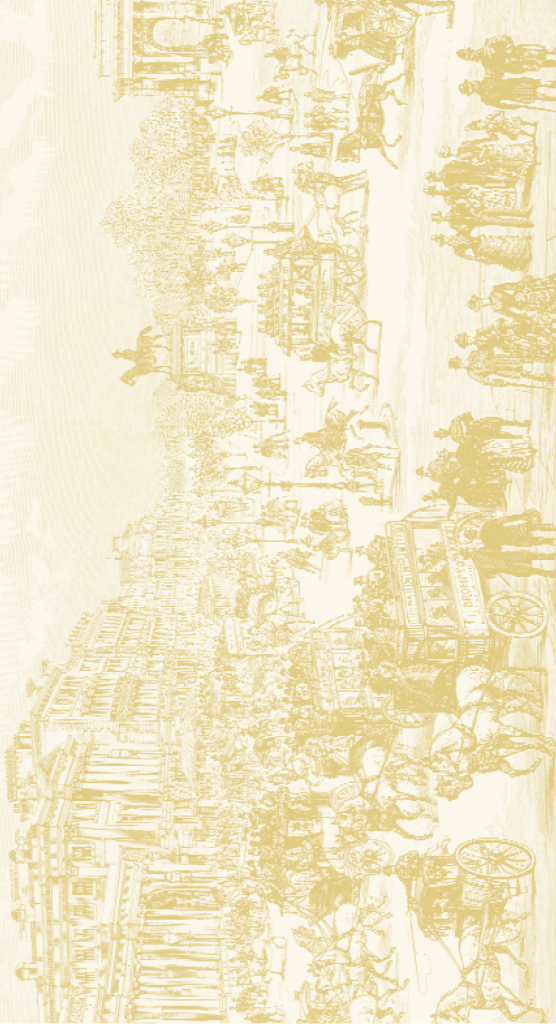 intimate communities of artists, scholars, scientists, technologists, and many other modern generators of cultural enhancement are today scattered around the world. In any single metropolitan area they may be scattered across the landscape. Even when they localize within a limited district, as they do in Silicon Valley, that district may be located in the distant suburbs. Witness the creative productivity of artists and scientists who live and work in such noncentral places as Brugge, Bangalore, and Berkeley.
intimate communities of artists, scholars, scientists, technologists, and many other modern generators of cultural enhancement are today scattered around the world. In any single metropolitan area they may be scattered across the landscape. Even when they localize within a limited district, as they do in Silicon Valley, that district may be located in the distant suburbs. Witness the creative productivity of artists and scientists who live and work in such noncentral places as Brugge, Bangalore, and Berkeley.
The beneficial attribute of urban settlement has always been accessibility. Until recent times, accessibility required proximity. Now and in the future, accessibility can be to some degree independent of both location and density. The newstyle spread-city can be economically more productive and culturally more creative than predecessor cities for which high-density spatial form was critical.
As economic development in countries of the developing South generates income streams comparable to those in the North, more and more people will use telephones, computers, airplanes, and the successors to today’s automobiles. More and more will choose residential and work sites located at metropolitan edges and other outlying locations, just as they do in the North. The trend is unambiguous everywhere. There is no reason to think it can be diverted back to forms that characterized preindustrial and industrial cities and towns. Nor, I am contending, should it be.
Neither enhanced quality of urban life, nor economic efficiency, nor resource sustainability demand it. There are indeed serious problems of social equity manifested in megacities, because not all residents enjoy their advantages. That disjunction calls for serious adjustment of social and economic distributional patterns within post-industrial society. But not its spatial patterns.
Melvin M. Webber


